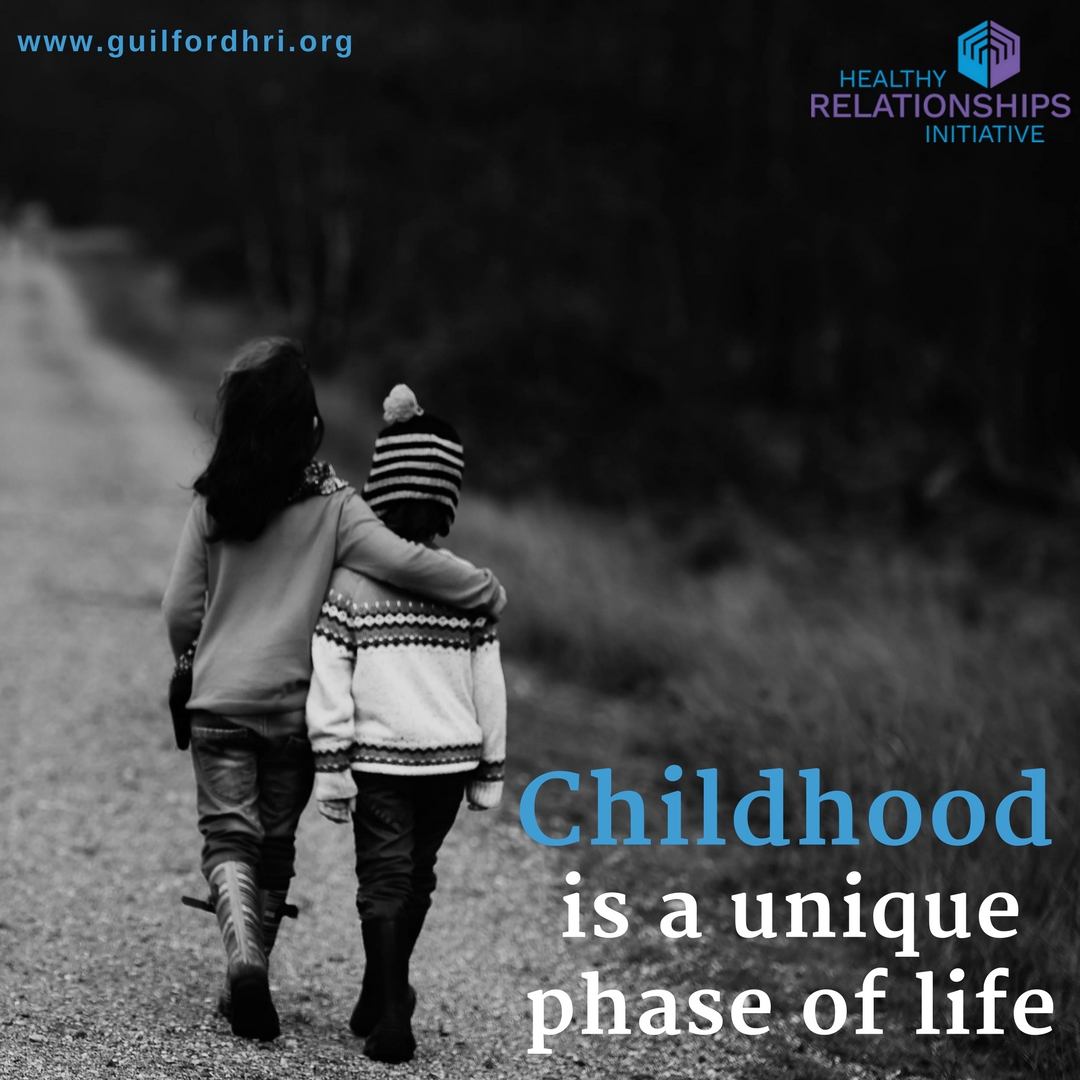
Supporting Children’s Emotional Development

By Christine Murray, HRI Director
Even very little kids can have really big emotions. Have you ever noticed how young children seem to wear their hearts on their sleeves? Young children will naturally let you know how they’re feeling–whether positive or negative. If they’re happy, you’ll see it in their smiles and loud laughs. And if they’re not happy? Well, they have many ways of showing that, too!
From birth through young adulthood, children need support learning how to feel and express their emotions, especially in the context of their interactions with others. The Parent Toolkit describes children’s social and emotional development as follows: “Social and emotional intelligence involves understanding your feelings and behaviors, as well as those of others, and applying this knowledge to your interactions and relationships.” Gaining maturity both socially and emotionally fosters children’s growth and success in school and in life.
As adults, we have many opportunities to foster the social and emotional development for the children in our lives, whether they are our own children or students or just children that we interact with in the community. Children are extremely observant, and so they’re learning from the adults in their lives about emotions and relationships not just by what we say, but also by what we do.
Why is it hard for adults to understand and respond to children’s intense emotions?
There are at least three reasons why children’s emotions can be very difficult for adults to understand and respond to in patient, nurturing ways. First, children tend to react to their emotions, and the younger and less emotionally mature they are, the more immediate and intense their emotional reactions are likely to be. As a caregiver or parent, it’s hard to help children think through their response to powerful emotions because you may only have a nanosecond to respond before there’s an eruption of loud, intense screams or acting out behaviors, like hitting or throwing something. So, often caregivers and parents are left to clean up after the situation has already spun a bit out of control, which is stressful and frustrating.
Second, children’s behavioral responses to their emotions may not make sense when viewed through an adult lens. Consider a child who feels lonely and sad about being left out. A common sense approach to feelings of loneliness and isolation in an adult may involve kindly reaching out to loved ones for support. Children, on the other hand, may act out with challenging behaviors that have the opposite effect of what they desire–Yelling and screaming at someone generally doesn’t make them want to spend more time with you! When the behaviors aren’t clearly connected to the feelings, adults’ frustrations often grow deeper.
Third, adults often forget to view children’s emotion through a developmental lens. Cognitive knowledge that children have a more limited ability to manage intense emotions is one thing–holding onto that understanding when a child is “overreacting” (from an adult lens) is another! This is why it’s so important for adults to learn about normal child development in terms of how children process emotions and understand the needs of others. (One great resource for this is found in the Parent Toolkit, which offers a grade-by-grade overview of children’s social and emotional development from Pre-K through 12th grade). Without this knowledge–or when the knowledge flies out the window in an emotionally-charged situation–adults may place unrealistic expectations on children’s ability to manage their emotions.
How can adults best support children’s social and emotional development?
Focusing on supporting children’s social and emotional development is an identified protective factor against child abuse. Some of the ways that adults can support children’s social and emotional development within families, in organizations that serve children, and in the broader community include the following:
In the family:
- Parents and caregivers can learn about the stages of children’s social and emotional development and consider how their child’s experiences and behaviors are impacted by their developmental stage.
- Parents and caregivers can help children identify and label the emotions they are experiencing. They can help children understand that feelings are understandable and make sense given the circumstances.
- Parents and caregivers can help children learn to self-regulate their emotions, such as by teaching children self-soothing strategies and taking time to think through their choices, especially when they’re feeling intense emotions.
In organizations that serve children:
- Professionals can show support for children’s emotional development by displaying books and posters that show different emotions.
- Professionals can be proactive in teaching children relationship skills and emotional management strategies, such as through lessons on practicing kindness and managing anger appropriately.
- Professionals can make the most of “teaching moments” that arise when conflicts between children arise, so that they can help guide the children to work toward a solution that honors each child’s emotions and needs.
In the broader community:
- Consumers can advocate for media messages that support children’s social and emotional development. For example, if a TV show sends the message that “Boys shouldn’t cry,” community members can call the TV station to advocate for shows that convey messages that support the emotional development of all children.
- Adults can offer one another support when children are displaying intense emotions in public. For example, if a child is having a tantrum in the grocery store, other adults can offer to help or simply offer some encouragement to the child’s parent, such as by saying, “I know it’s hard, but you’re handling this situation as calmly as you can,” or “Kids’ emotions can be really hard on their parents. Keep up the good work.”
A strong commitment to understanding and honoring children’s social and emotional development is an important protective factor against child maltreatment because it honors the importance of childhood as a unique phase of life in which children learn to bridge their inner emotional world with the social world around them. As adults, we have opportunities to help guide and nurture children into become adults with the maturity to regulate their emotions and build and maintain strong, positive relationships with others. What a gift it is to be able to offer this kind of support to the children in our lives!
Loving, Safe Relationships
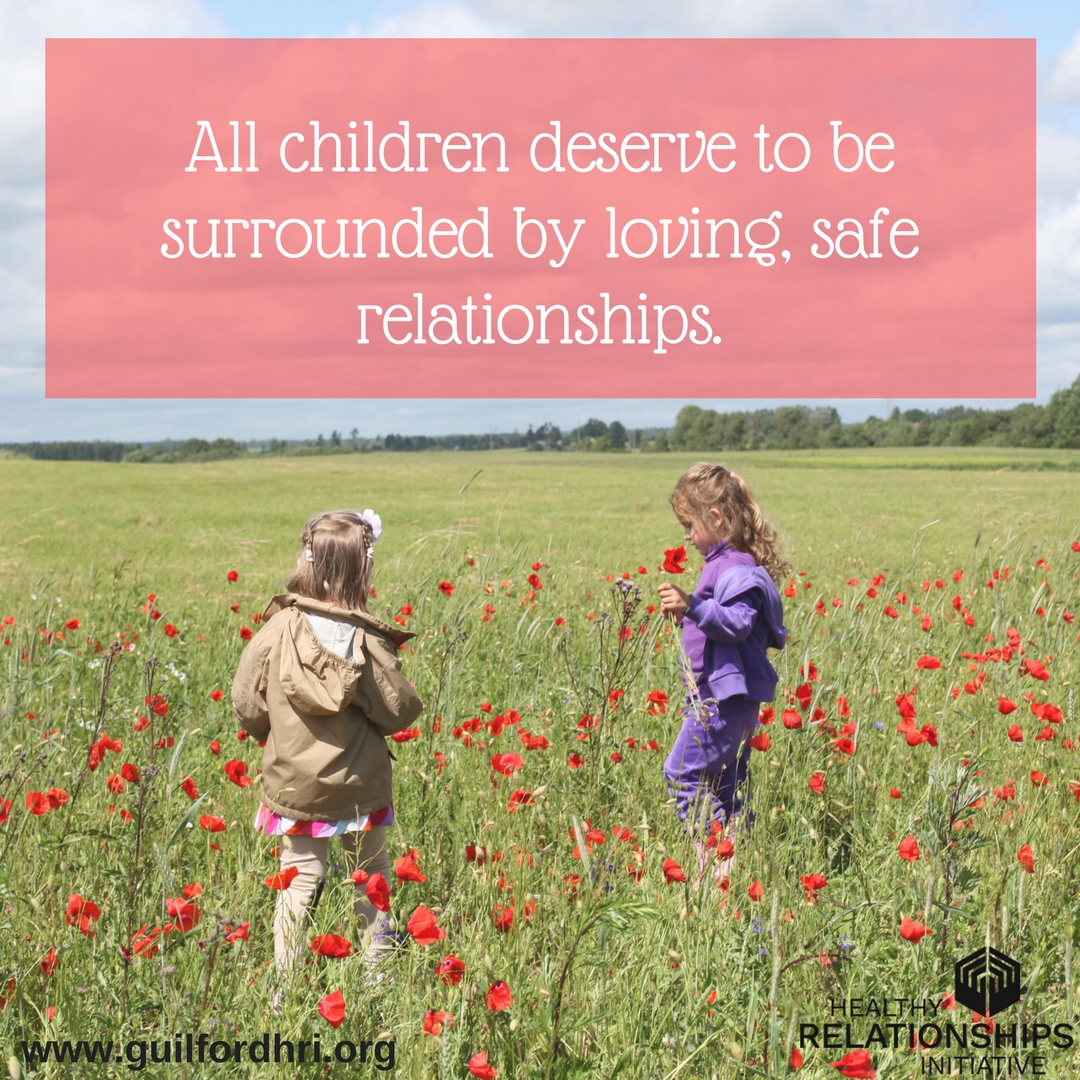

April is Child Abuse Prevention Month
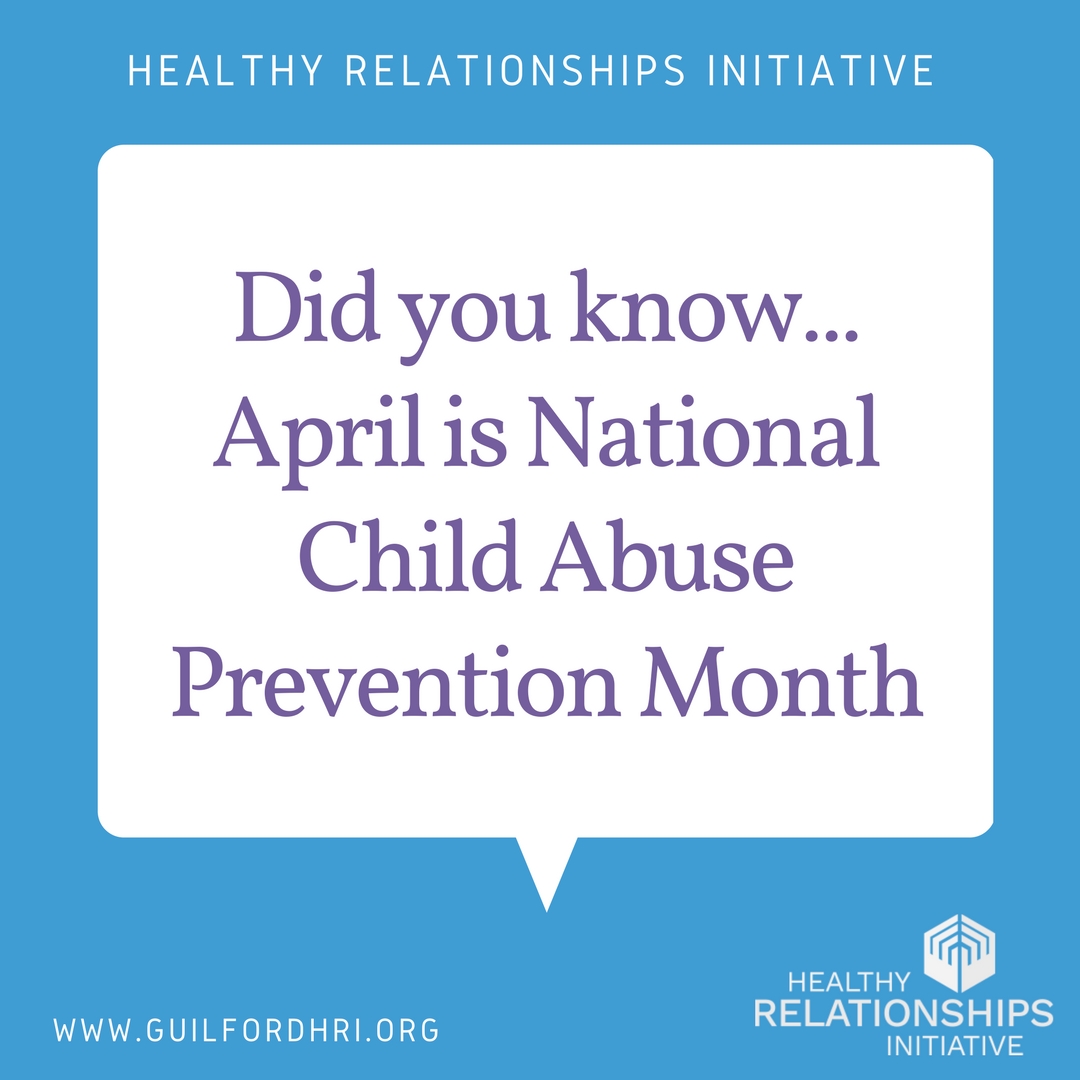

Healthy Relationships Build Healthy Children: Series Introduction



By Christine Murray, HRI Director
Did you know that April is Child Abuse Prevention Month? Every April, professionals and communities come together to raise awareness about the devastating effects of child abuse on children, families, and communities. Our Healthy Relationships Initiative (HRI) team believes that all people–including all children–have a need for happy, healthy, and safe relationships of all kinds. The most basic foundation of healthy relationships–safety–is shattered when children face any form of maltreatment, including abuse and neglect.
Throughout April, HRI is partnering with several other organizations to shed light on the need for our community to come together to prevent future child abuse, as well as ensure that children who have faced abuse have access to the supportive resources they need. In particular, we encourage you to attend the Pinwheels in the Park event on April 22nd at LeBauer Park, which is sponsored by the Kellin Foundation and Greensboro Child Response Initiative.
In recognition of Child Abuse Prevention Month this month at HRI, we’ll focus on how healthy relationships support healthy children. According to the US Department of Health and Human Services, preventing child abuse requires a two-prong approach: reducing risk factors and building protective factors. The Department of Health and Human Services defines protective factors as follows:
“Protective factors are conditions or attributes of individuals, families, communities, or the larger society that reduce or eliminate risk and promote healthy development and well-being of children and families. These factors help ensure that children and youth function well at home, in school, at work, and in the community, today and into adulthood. Protective factors also can serve as buffers, helping parents who might otherwise be at risk of abusing their children to find resources, supports, or coping strategies that allow them to parent effectively, even under stress.” (page 3)
Since our focus at HRI is on building and maintaining healthy relationships, our goal for this series is to highlight the protective factors that past research suggests help reduce the risk of child abuse. In particular, our goal is to highlight how adults in Guilford County can foster these protective factors for the children in their lives, whether as parents, teachers, coaches, faith leaders, neighbors, friends, and community leaders.


Based on research summarized by the Department of Health and Human Services, we’re focusing on 7 key protective factors. We’ll highlight each of the following in a separate post this month. To help protect children in Guilford County from the factors that contribute to child maltreatment, adults can do the following:
- Support Children’s Emotional Development
- Nurture Strong Parenting Skills
- Foster Strong, Secure Attachments Between Parents and Children
- Take Good Care Of Themselves
- Build A Parenting Village
- Connect to Resources and Support
- Build a Thriving Community to Make Guilford County a Nurturing Community for All Children
Throughout this series, we’ll highlight ways that adults in Guilford County can act within families, in organizations that serve children, and at the community level to strengthen each protective factor for the children in their lives and in the community.
All children deserve to be surrounded by loving, safe relationships. As adults, we are responsible for creating the type of home and community environment that nurtures those relationships for them. So, let’s take time this month (and beyond) to consider ways that we can all foster protective factors in our community that will help children have lives that are happy, healthy, and free from any form of abuse.


Balances Wants and Needs
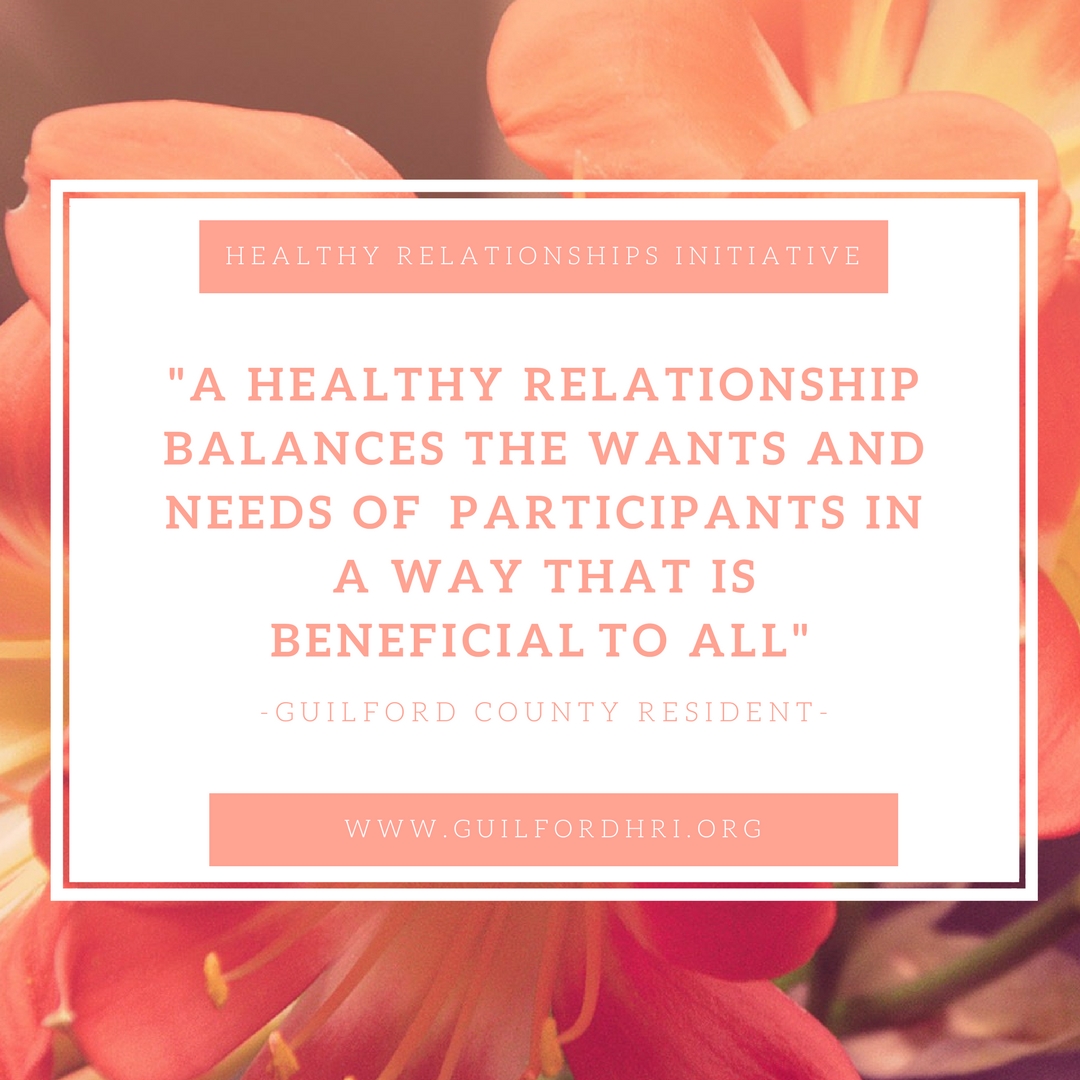

Time to Nurture Healthy Relationships
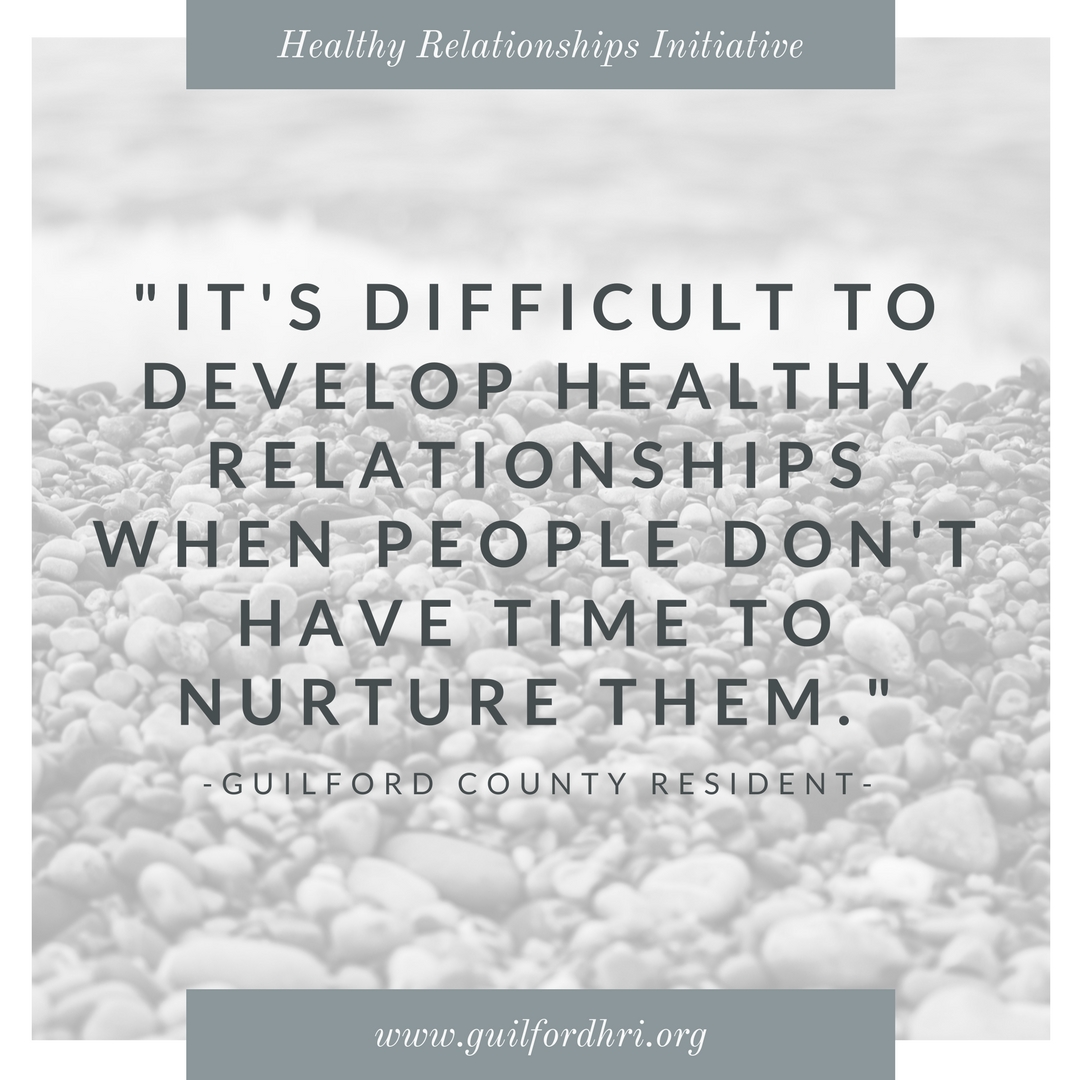

Achieved by Good Communication
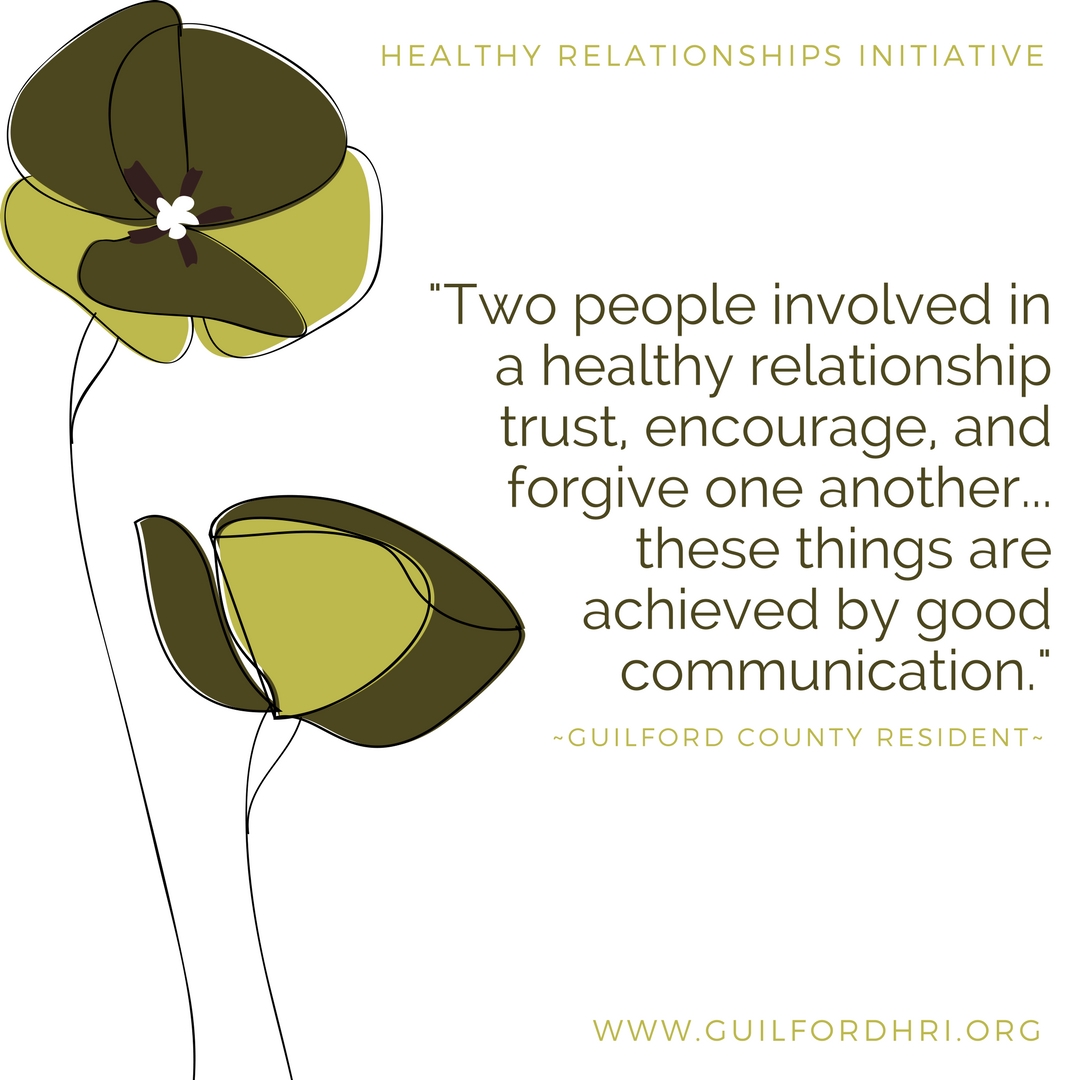

Continuous Work In Progress
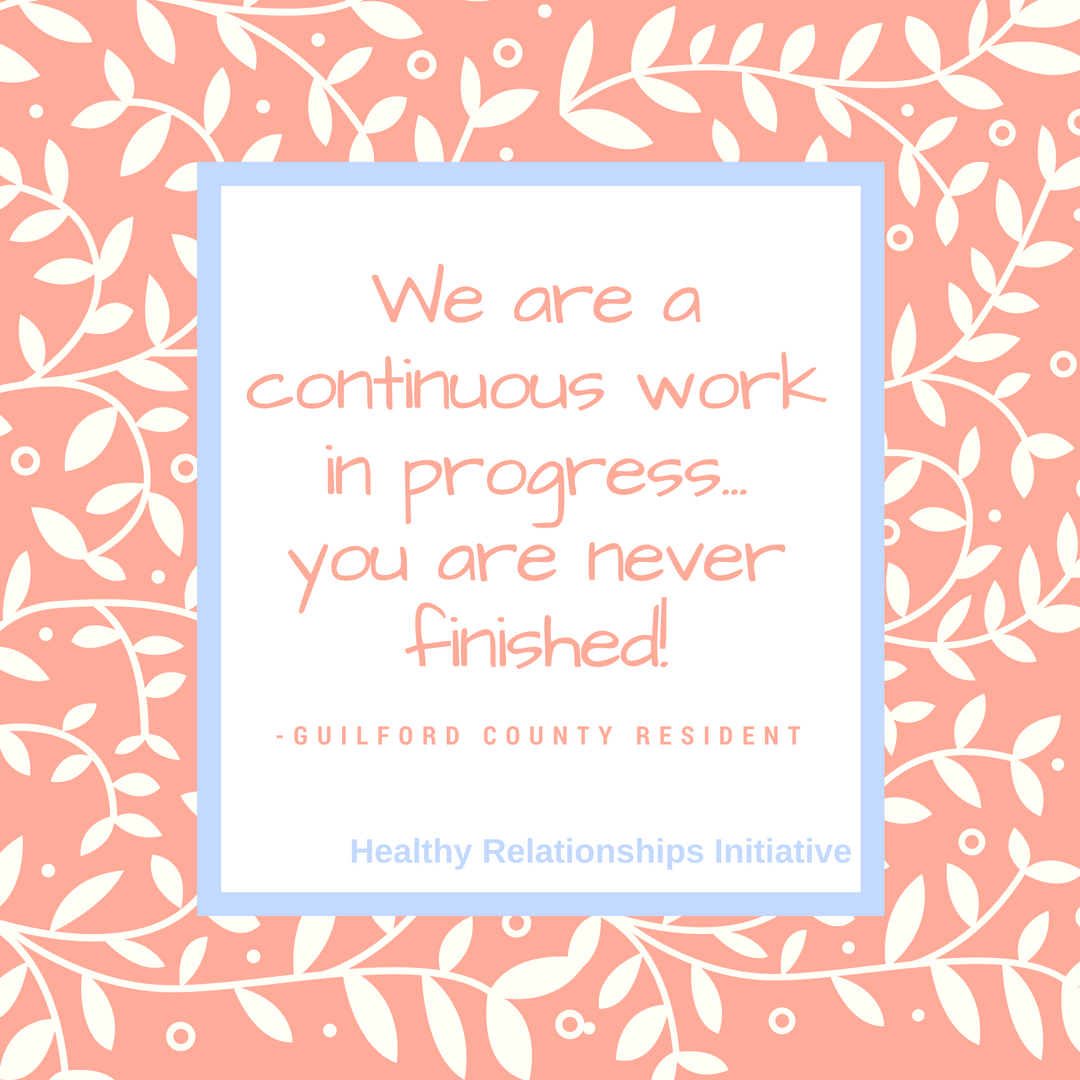

In the Midst of Relationship Chaos: Series Conclusion
By Christine Murray, Healthy Relationships Initiative Director
Relationships can be wonderful, but they can also be really, really difficult. I wish I could tell you that there is a simple formula for moving beyond relationship chaos, but the truth is that a relationship that has gotten into a state of chaos can take a lot of time, energy, and commitment to turn around or reach a positive resolution.
If you find yourself in a state of relationship chaos, do your best to stay calm, centered, and positive. Take the time you need to sort through your feelings and map out a plan of action for moving from chaos to calm. And, be sure to take good care of yourself in the process.
The following chart summarizes the key steps to take when you’re facing a chaotic relationship situation that we’ve discussed as part of this blog series:


